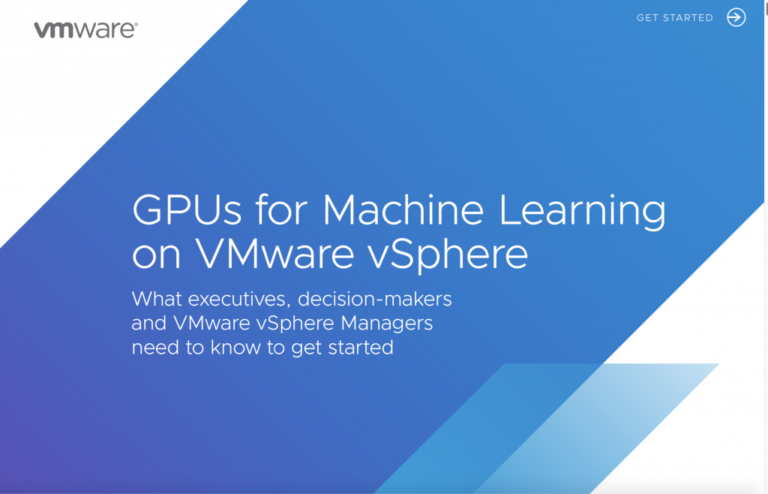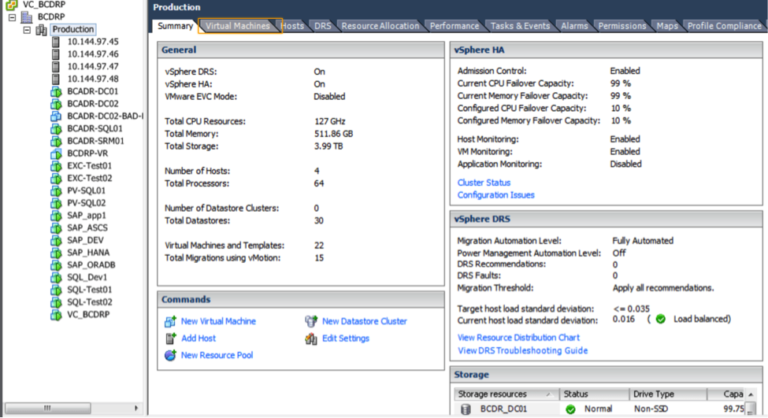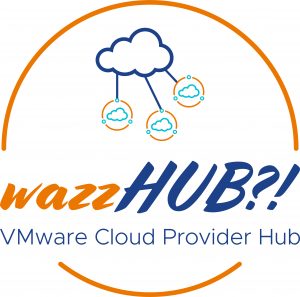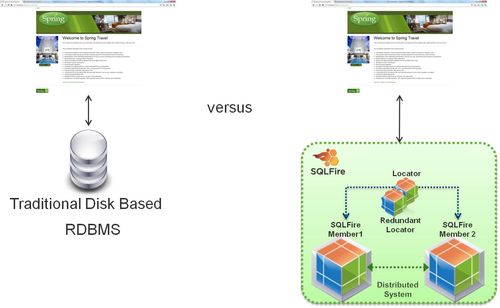Until now Disaster Recovery as a service for Cloud Providers has been broken up into unique solutions: vCloud Availability C2C and vCloud Availability DR2C. Unfortunately, these solutions brought with them disparate interfaces and infrastructure. This has led to a lot of bloat and confusion for cloud providers to sort through. The recent release of vCloud Availability 3.0 aims to sort out these issues by providing a comprehensive platform that is, not only, easy to deploy and manage, but also easy to use.
In this blog series, we will introduce vCloud Availability 3.0, provide details on how to implement and manage the platform, and best practices. The focus of this particular blog is to introduce vCloud Availability 3.0, highlight key features, and set the stage for subsequent blogs.
Introduction to vCloud Availability 3.0
Contents
vCloud Availability is a powerful solution built to offer simple, more secure, and cost-effective onboarding, migration, and disaster recovery services “to” or “between” multi-tenant VMware clouds. As with vCloud Availability C2C, which provides a consolidated view for for cloud based services, vCloud Availability 3.0 brings the ability to manage services for on-premises to cloud as well. No more having to bounce around to multiple interfaces to manage migration and DR services. vCloud Availability 3.0 achieves this by leveraging the C2C platform as a foundation and extending it to the enterprise via an on-premises appliance.
Features
Along with the consolidated platform, vCloud Availability brings a number of key features.
- Simplified deployment – The deployment of both the cloud and on-premises appliances are supported by H5 interfaces and require minimal effort to install
- Fully integrated plugins – vCloud Availability provides fully integrated plugins with support for vCloud Director versions 8.20 and 9.x. The vCD plugins provide multi-tenant support can be leveraged by the cloud provider for a fully managed service or by the customer for self-service offerings. On the vSphere side, there is native plugin support for vCenter versions 6.0U3 and newer.
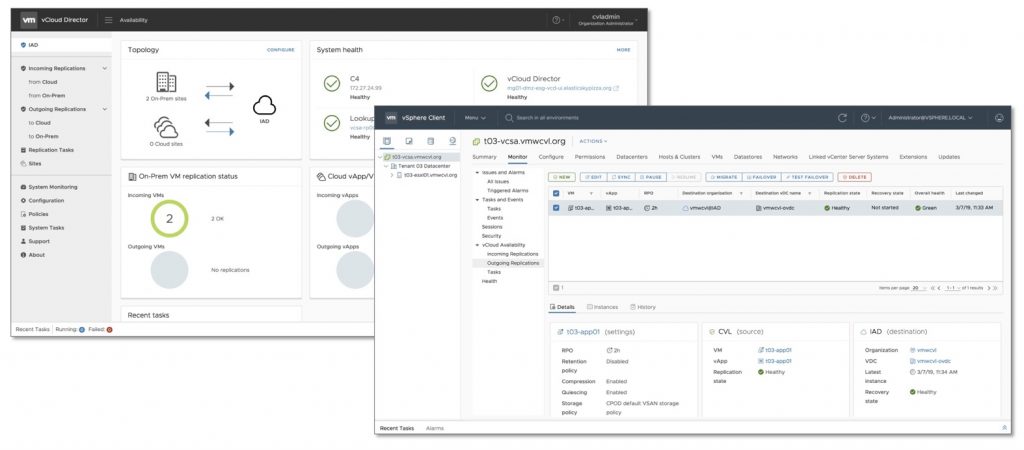
- Policy Management – vCloud Availability provides replication policies allowing for granular tenant controls. Policy controls allow for enabling and disabling incoming and outgoing replications, maximum number of replications, maximum snapshot retention, and minimum RPO. Policies can be defined based on different levels of service or on a tenant by tenant basis. Only one policy can be assigned to a tenant at a time.
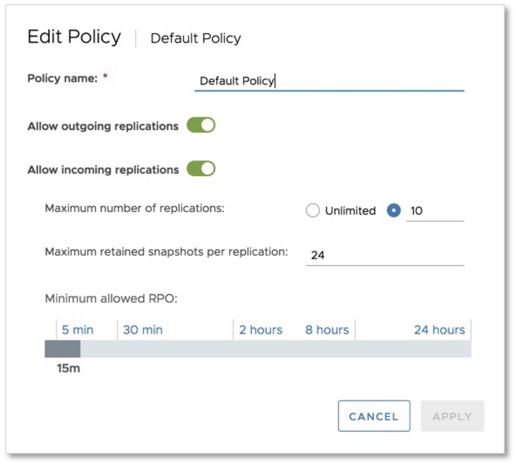
- Protection/Migration Workflows – The simplified protection workflows provide details for the replication such as the destination location, the retention policy, recovery point objectives (RPO), compression and quiescing. An added benefit of the protection workflows is that they can now be scheduled to start at a specific time. So no need to wait until off hours to configure the replications. The can now be configured during normal business hours and set to run during off hours to maximize throughput and minimize business impact.
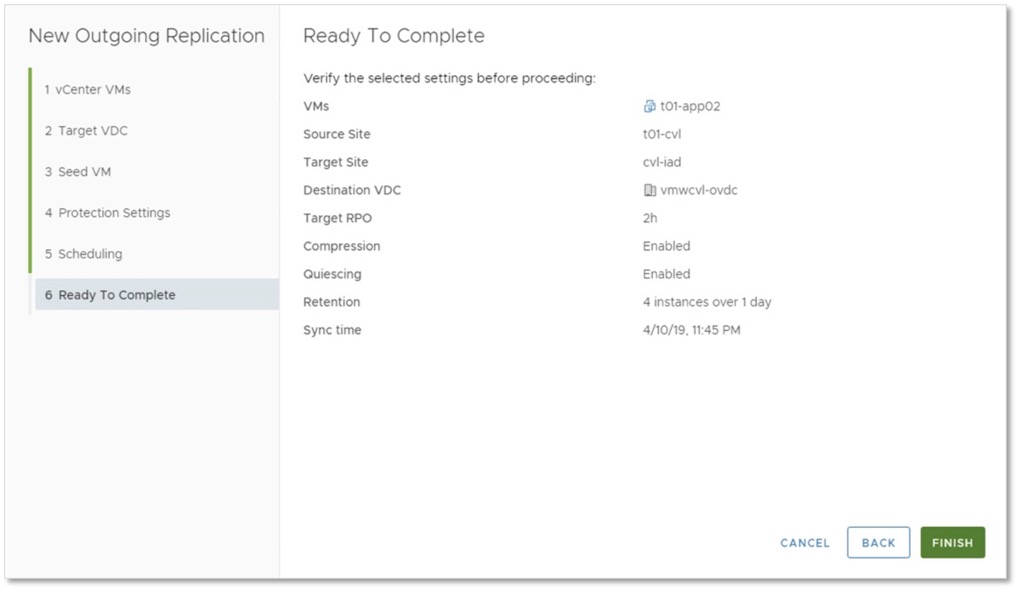
- Network Settings – A new feature that was introduced is the ability to manage the network settings during failover. This allows the user to reset the MAC address as well as reassign the IP address during migration or failover. These controls can be applied globally, at the host level, or for individual NICs.
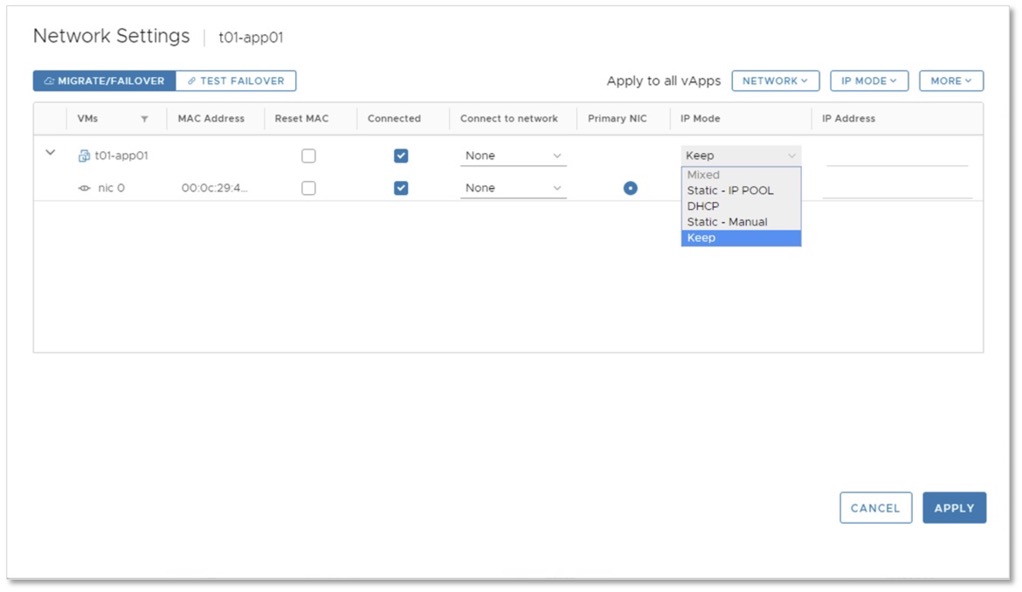
- Security – Secure end-to-end connections for both cloud-to-cloud connections and enterprise-to-cloud. Inbound policies are no longer required for the enterprise, which simplifies deployment and increases security.
For a more comprehensive list features in vCloud Availability, please check out the release notes.
Cloud Architecture
The deployment consists of three appliances for the cloud provider. The cloud management appliance provides the user interface for managing the service. It also translates all of the vCD constructs and provides the vCD plugin. The replicator exposes the host-based replication primitives for the ESXi hosts as rest endpoints and proxies the replication connections between ESXi hosts. The final appliance, tunnel appliance, provides secure connections between locations. For lab testing and POCs, there is a combined appliance available that consolidates all three components into a single virtual machine. Providers will install vCloud Availability for each instance of vCloud Director and pair the sites to allow for migration and disaster recovery services between cloud sites.
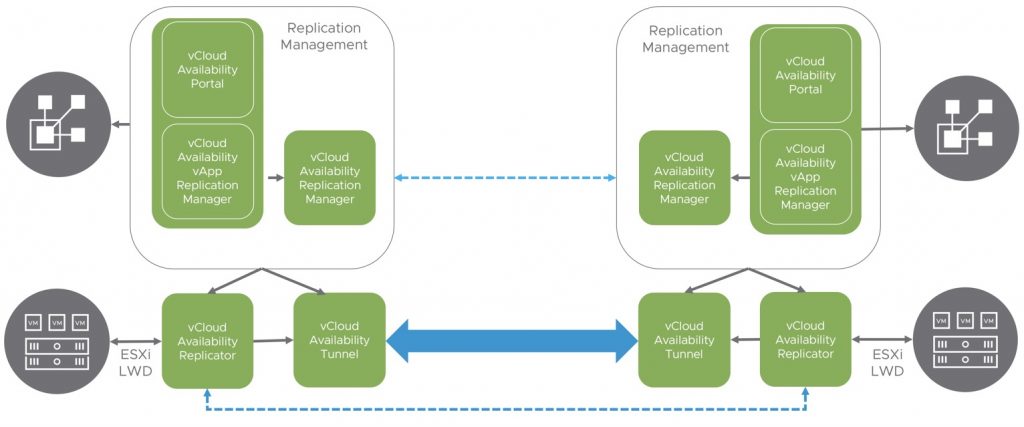
Enterprise Architecture
There were a number of considerations taken into account when architecting the solution for the on-premise to cloud replication. Two were deemed extremely important by both the cloud provider and enterprise customer. The first consideration was to provide a way to deploy the solution with minimal impact/effort. In previous implementations, the secure connections required change changes to the infrastructure, including the firewall. For some customers, this meant a security exception or meant the solution was a non-starter. In vCloud Availability, this has been addressed this by requiring the enterprise appliance to establish the tunnels to the cloud service provider. This means that the enterprise does not require any inbound policies to establish connections. The second consideration is permissions. The current architecture does not require any enterprise accounts to share permissions with the cloud service provider which means no enterprise account information needs to transmitted or stored in the cloud.
For the enterprise, a single appliance is required which consists of the replicator and a secure tunnel endpoint. This reduced footprint, compared to vCloud Availability DR2C, significantly reduces the total cost of ownership. The on-premise appliance also provides the vCenter plugin. Once the tunnel is established with the cloud provider, all communication and replication traffic is securely transmitted via the tunnel.
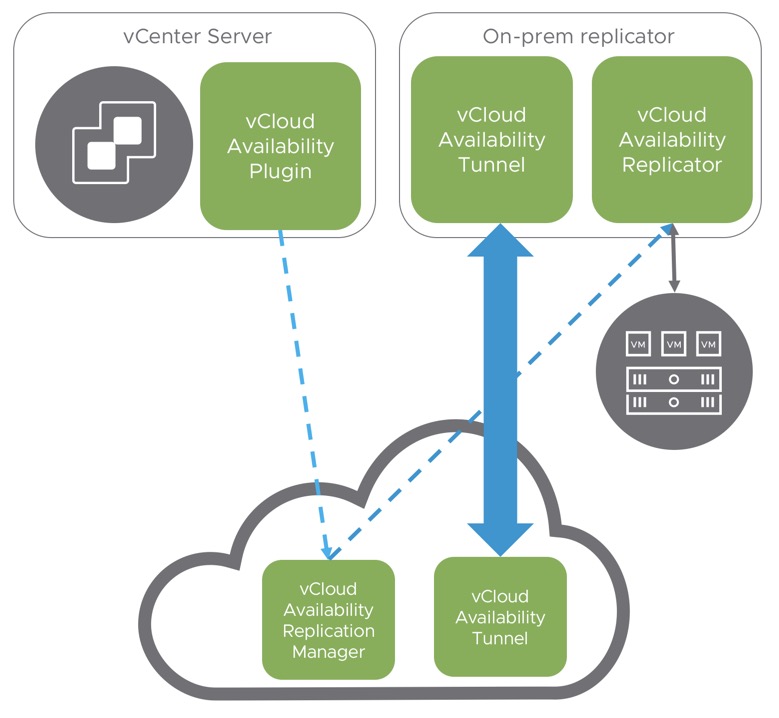
Performance
The performance of the latest release exceed the previous generations and will continue to be a focus moving forward. Currently, the scale and performance numbers are as follows
- 9,500 protected virtual machines
- 300 tenants with active protections
- 2000 active protections per replicator
- 10 vCloud Availability Replicator instances per Cloud
- 5TB maximum virtual machine (with seed)
Conclusion
The latest solution has done a tremendous job of consolidating three platforms in such a way that it is easy to deploy, manage, and use for both the cloud provider as well as the tenant. It also implements valuable features and performance enhancements over previous versions. As an additional resource please check out vCloud Availability 3.0 – Lightboard Overviews by Daniel Paluszek where he provides some additional overview of the latest solution and discusses deployment for both provider and tenant. Also check out the product page and documentation for more details.
Now that we have introduced vCloud Availability 3.90, in our next blog, we will focus on deploying and configuring the provider appliances
Please feel free to review other articles related to the vCloud Availability blogs series:
1. vCloud Availability 3.0 Blog Series: Introduction
2. vCloud Availability 3.0 Blog Series: Provider Installation
3. vCloud Availability 3.0 Blog Series: Provider Post Deployment Configuration
4. vCloud Availability 3.0 Blog Series: Tenant Installation
5. vCloud Availability 3.0 Blog Series: Tenant Post Deployment Configuration
6. vCloud Availability 3.0 Blog Series: Managing vCloud Availability Access
7. vCloud Availability 3.0 Blog Series: Cloud Access, Ownership, and Visibility

